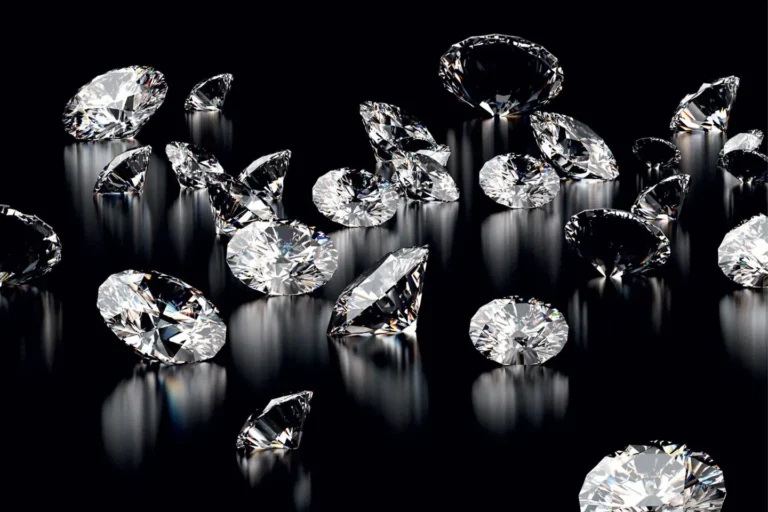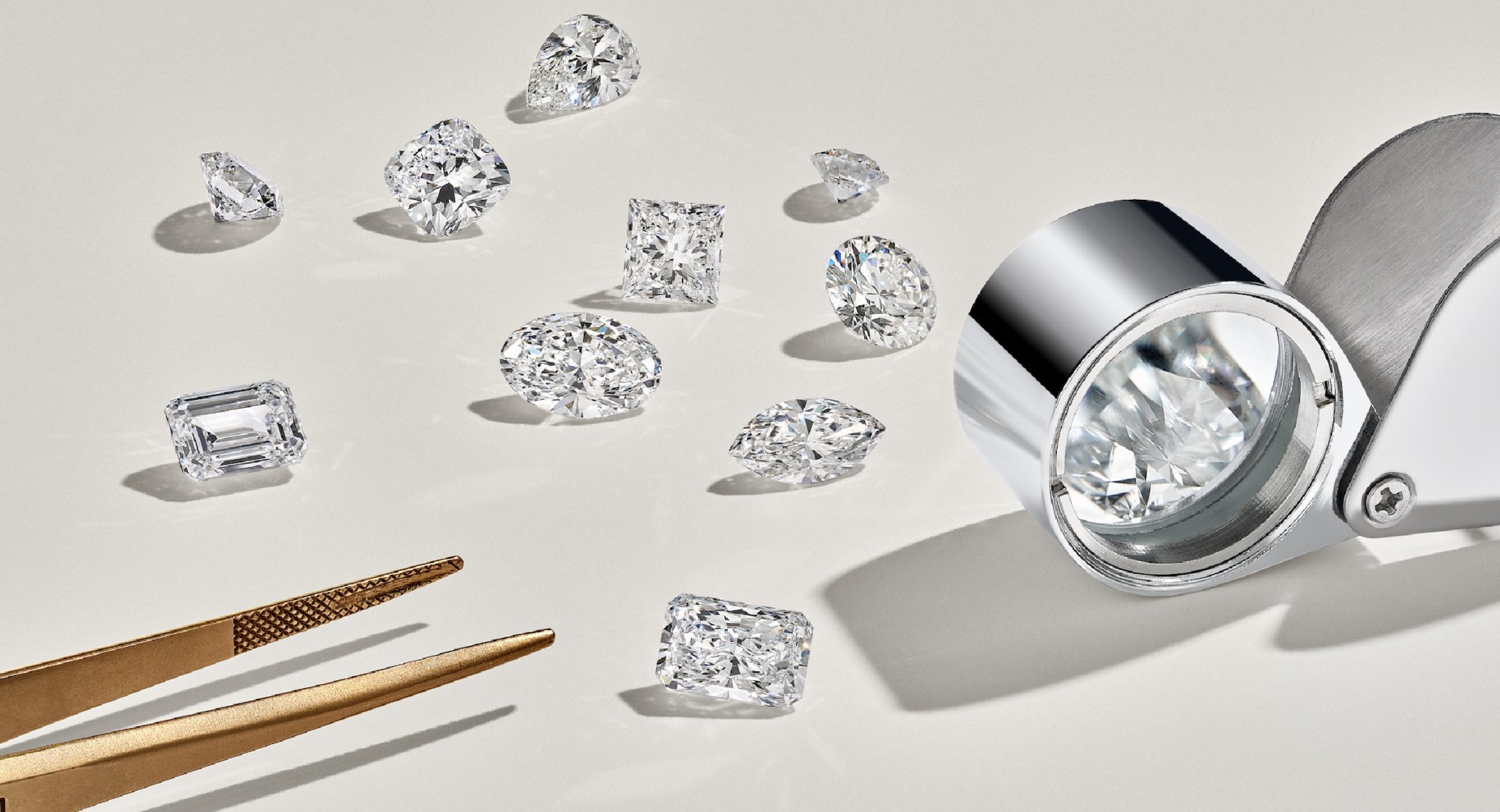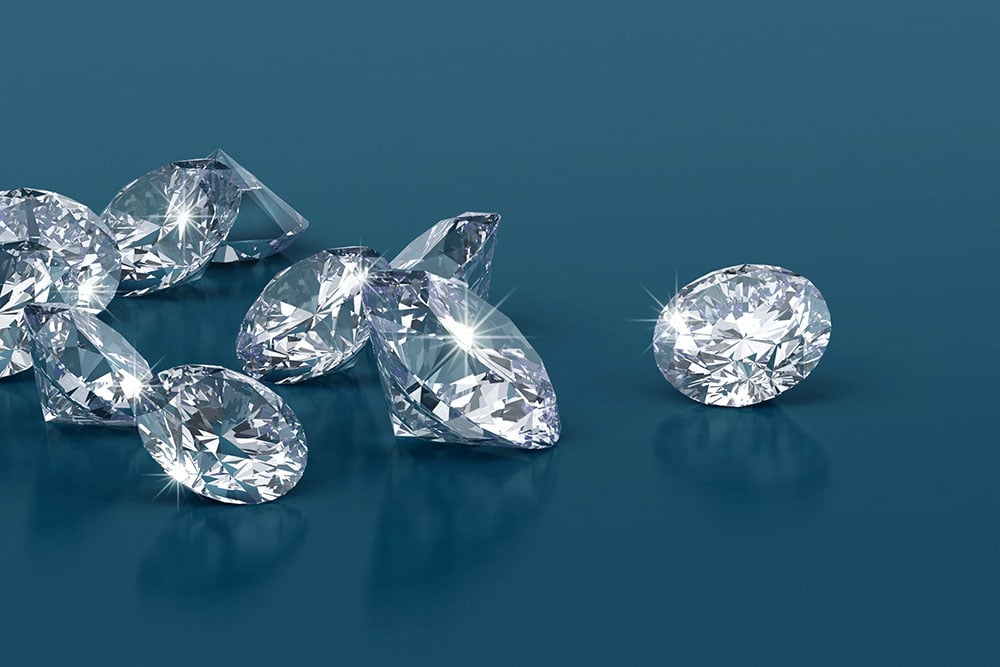 Posted On
Posted On
CVD vs HPHT: A Comprehensive Comparison of Lab-Grown Diamonds
 Posted On
Posted On
Table of Contents
Introduction to Synthetic Diamonds
What Are Synthetic Diamonds?
If you’ve ever marveled at the sparkle of a diamond, you’re not alone. Diamonds have long been cherished for their beauty and rarity. But did you know that some of those dazzling gems aren’t dug from the earth? Enter synthetic diamonds—man-made marvels that replicate the natural splendor of diamonds using advanced technology. Synthetic diamonds come in two primary types: CVD (Chemical Vapor Deposition) and HPHT (High Pressure High Temperature). Each has its unique processes and characteristics, which we’ll dive into.
Importance in Modern Industry
Synthetic diamonds are not just for jewelry. Their hardness and optical properties make them invaluable in cutting tools, electronics, and even medical equipment. The choice between CVD and HPHT can impact everything from cost to performance. So, understanding these two methods is crucial cvd vs hpht, whether you’re buying a diamond for a ring or considering them for industrial applications.
CVD Diamonds: The Basics
What is CVD?
CVD stands for Chemical Vapor Deposition. It’s a high-tech method where carbon atoms are deposited onto a substrate in a vacuum chamber. This process mimics the conditions of a diamond’s natural growth, but in a controlled environment. Imagine creating a diamond in a space-age oven where the conditions are just right for the carbon to crystallize into a diamond!
How CVD Diamonds Are Made
The process begins with a diamond seed, a tiny piece of diamond that serves as a starting point. Carbon-rich gases are introduced into the chamber, and under high temperatures, the carbon atoms settle onto the seed. Over weeks, these layers build up to form a full diamond. The result? A gem that’s chemically identical to natural diamonds but often at a fraction of the cost.
Benefits of CVD Diamonds
Cost-Effectiveness
One of the most attractive aspects of CVD diamonds is their cost. Because they are manufactured in a lab, the production costs are lower compared to natural diamonds. This means you can often find a larger or higher-quality diamond for less money. Think of it as getting more bang for your buck.
Environmental Impact
CVD diamonds are also considered more environmentally friendly. Traditional diamond mining can be destructive, leaving scars on the earth and affecting local ecosystems. CVD diamonds, on the other hand, are made in a lab with a minimal environmental footprint. So, you can enjoy your sparkle with a clear conscience.
HPHT Diamonds: The Basics
What is HPHT?
HPHT stands for High Pressure High Temperature. This method simulates the natural conditions under which diamonds form deep within the Earth. It’s like creating diamonds in a pressure cooker. In an HPHT machine, carbon is subjected to immense pressure and temperature to crystallize into diamonds.
How HPHT Diamonds Are Made
The process starts with a small diamond seed and carbon, which is placed in a chamber that can reach pressures of 5-6 GPa (about 50,000 to 60,000 times atmospheric pressure) and temperatures of around 1,500°C (2,700°F). This intense environment causes the carbon to form diamond crystals around the seed, creating a diamond that’s almost identical to those found in nature.
Benefits of HPHT Diamonds
Natural Similarity
HPHT diamonds are known for their similarity to natural diamonds. They often have the same physical and chemical properties, which makes them a great choice for those who want a diamond with a natural feel but without the hefty price tag.
High-Quality Output
Another benefit of HPHT diamonds is their high quality. The conditions under which they are created can yield diamonds with very few inclusions, resulting in exceptional clarity and brilliance. It’s like getting a top-notch diamond straight from the lab.
Comparing CVD and HPHT Diamonds
Quality and Purity
When it comes to quality, both CVD and HPHT diamonds are comparable to natural diamonds. However, each has its nuances. CVD diamonds can sometimes exhibit more inclusions or color variations, though advancements are continuously improving their purity. HPHT diamonds often match the clarity and color of natural diamonds closely.
Cost Differences
Cost-wise, CVD diamonds are generally more affordable due to their lower production costs. HPHT diamonds, while also less expensive than natural diamonds, can be a bit pricier than CVD diamonds because of the complex conditions required to produce them.
Environmental and Ethical Considerations
From an ethical and environmental standpoint, CVD diamonds have the edge. Their production process is more sustainable compared to traditional mining and HPHT, which, despite being a lab process, still involves considerable energy and resources.
Applications in Jewelry
Both types of diamonds are used in fine jewelry. CVD diamonds might be preferred for their affordability and ethical benefits, while HPHT diamonds might be chosen for their natural resemblance and high quality.
Choosing Between CVD and HPHT
Factors to Consider
When choosing between CVD and HPHT diamonds, consider what matters most to you: budget, environmental impact, or similarity to natural diamonds. If you’re budget-conscious and eco-friendly, CVD might be your best bet. If you’re looking for a diamond that closely mirrors natural ones, HPHT could be the way to go.
Which One is Right for You?
Ultimately, the choice comes down to personal preference. Both CVD and HPHT diamonds offer unique benefits, so weigh your options carefully. Whether you’re buying a diamond for a special occasion or just to appreciate its beauty, understanding these differences will help you make an informed decision.
Conclusion
So, there you have it! CVD and HPHT diamonds each bring something special to the table, whether it’s cost-effectiveness, environmental benefits, or quality. By understanding the key differences and benefits of each type, you can make a choice that suits your needs and values. Remember, whether you’re choosing a diamond for its beauty, its price, or its ethical implications, both CVD and HPHT offer brilliant alternatives to natural diamonds. Enjoy your sparkle, no matter which type you choose!












